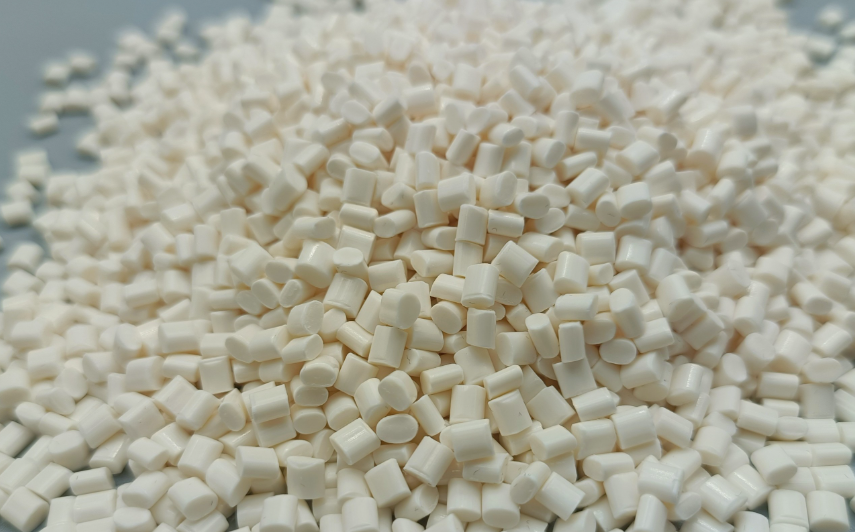Injection molding process of ABS material
ABS (acrylonitrile-butadiene-styrene copolymer) is a common thermoplastic polymer that is widely used in injection molding to produce a variety of plastic parts and products. ABS plastics are known for their good mechanical properties, comprehensive
stability and ease of processing. Here are some key steps and considerations for the injection molding process of ABS materials:
Equipment selection: Because ABS has good fluidity, it is suitable for using standard injection molding machine for processing. Machine selection should consider the size of the product, wall thickness and injection volume.
Drying: ABS materials must be dried before processing to remove moisture from the material. The general recommended drying conditions are to dry ABS particles in an environment of 80-85°C for 2-4 hours.

Melt temperature: The melt temperature range of ABS is usually 210°C to 280°C, and the specific temperature needs to be
adjusted according to the characteristics of the material and product design. Too high a temperature may cause material
degradation, while too low a temperature may affect fluidity and product quality.
Mold temperature: The temperature of the mold is usually controlled between 40°C and 80°C to ensure a good product surface finish and reduce internal stress. Mold design and cooling system can also affect this parameter.
Injection pressure: The appropriate injection pressure should be determined according to the design characteristics of the product. In general, the injection pressure of ABS material can range from 50MPa to 100MPa. An inadequate pressure setting may result in inadequate melt filling, while too high a pressure may cause back expansion or warping.
Pressure holding stage: Pressure holding is a stage after injection to ensure that sufficient pressure can be maintained in the cavity to supplement the shrinkage of the melt during the mold cooling and curing process. The setting of the holding time and pressure directly affects the dimensional stability and surface quality of the product.
Cooling time: Sufficient cooling time contributes to full curing and dimensional stability of the product. The length of time depends on a variety of factors, including wall thickness, mold temperature, and product design.
Screw back pressure: Proper screw back pressure can help improve the quality and mixing effect of the melt, while avoiding air mixing. But too high back pressure will increase the wear and energy consumption of the machine.
Stripping and post-treatment: The finished product needs to be removed from the mold, which may require an appropriate stripping mechanism. Some products may also require post-processing steps such as deburring, painting, or coating.
Note that the above parameters may be adjusted according to the specific machine, material, product design and processing environment. Experienced injection molding engineers usually fine-tune according to the actual situation to ensure product quality. When performing ABS injection molding, it is important to follow the specific instructions and data sheets provided by the material supplier, as well as safety procedures and operating guidelines.
